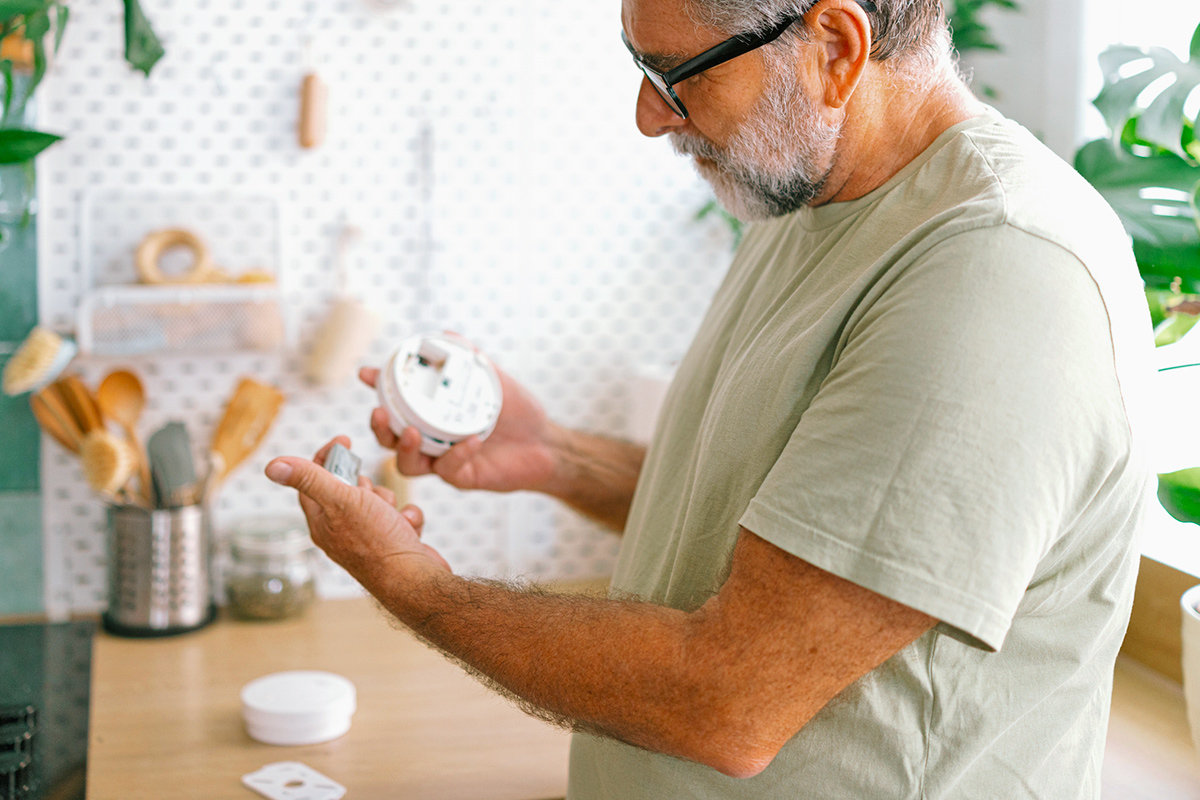Life is hard enough. Why not make keeping a clean, organized home a little easier? From clever kitchen shortcuts to simple cleaning tricks, these 25 home hacks will save you time, effort, and — perhaps most importantly — a little sanity for the remainder of 2025 and beyond.
1. A Microfiber Cloth Makes Cleaning Baseboards a Breeze
Dampen a microfiber cloth in a mixture of hot water, a cup of distilled white vinegar, and a few drops of liquid dish soap. Wrap the cloth around your broom’s bristles and secure it with a rubber band. Then, glide the broom along your baseboards — no back-breaking bending required.

2. Clean Window Screens Without Taking Them Out
Use a vacuum with a dust attachment to remove loose debris from the window screen, and then spray it with a mixture of warm water and a few drops of liquid dish soap. Wipe it down with a lint-free microfiber cloth and rinse using another spray bottle filled with clean water. Dab it dry with a clean cloth, and don’t forget to wipe the windowsill afterward to catch any drips.
3. Clean Rooms Top to Bottom
Order matters when it comes to cleaning efficiently. Always start with high surfaces, such as ceiling fans and light fixtures. Then, move to furniture, countertops, and other midlevel areas. Finish by cleaning the floors once all the dust has naturally fallen.
4. There’s a Trick to Plush Towels — And It’s Not Fabric Softener
To turn stiff towels into fluffy ones, load a few into the washing machine with your usual detergent, being careful not to overcrowd. During the rinse cycle, add half a cup of baking soda to help remove grime. Next, pour in half a cup of distilled white vinegar, which naturally softens fabrics by removing residue. Dry on low to medium heat.
More from our network
House Outlook is part of Inbox Studio, which publishes content that uplifts, informs, and inspires.
5. Use a Balloon To Tackle Dust
Balloons aren’t just for birthdays — they can also be a handy dust-cleaning tool. Rub a balloon against hair or fabric to generate static electricity, and then glide it over dusty surfaces to lift the particles.
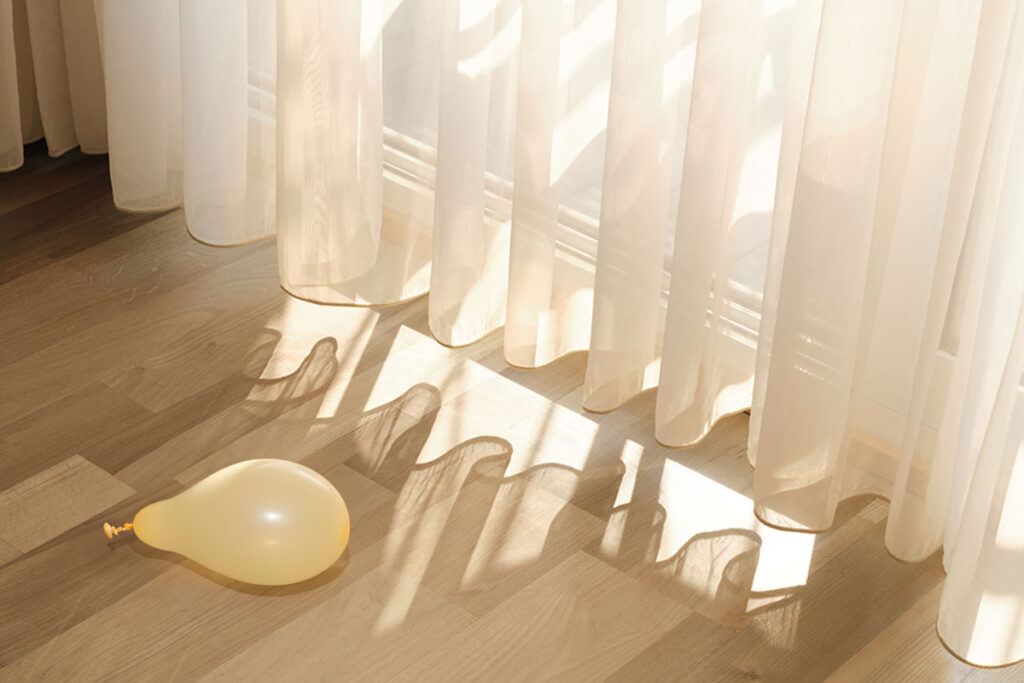
6. Extend the Life of a Kitchen Sponge by Soaking It in Salt Water
So long, stinky sponges. Combine 1/4 cup of salt with a quart of warm water, stirring until the salt fully dissolves. Then, submerge your sponges in the salt water overnight. The salt draws out moisture and oils, which helps inhibit bacterial growth and break down stains.
7. Bring an Orange Into the Shower for a Mini Mindfulness Moment
Peeling (and even eating) an orange in the shower might sound odd, but it’s a surprisingly effective mini aromatherapy boost. The warm steam helps release essential oils from the zest, and the shower setup ensures sticky juice runs off your hands and straight down the drain.
8. Clean Your Fridge’s Condenser Coils
The key to an efficient fridge is to clean the condenser coils, which are often hidden underneath or behind the appliance. When those coils are clogged with dust, pet hair, and grime, the fridge has to work harder to cool your food. Luckily, brushing and vacuuming them can boost energy efficiency by up to 30%.
9. There’s a Smart Way To Store a Wet Toilet Brush
Storing a wet toilet brush in its caddy is basically asking for bacteria growth and unpleasant odors. Instead, wedge it between the lowered toilet seat and the rim to air-dry before returning it to its holder.


10. There’s a Simple Way To Salvage Crystallized Honey
Crystallized honey is perfectly good to eat, but restoring the bees’ fine work to a smooth, pourable state is an easy fix. Place the jar in a bowl of warm (not boiling) water for five to 10 minutes, stirring gently until the crystals dissolve.
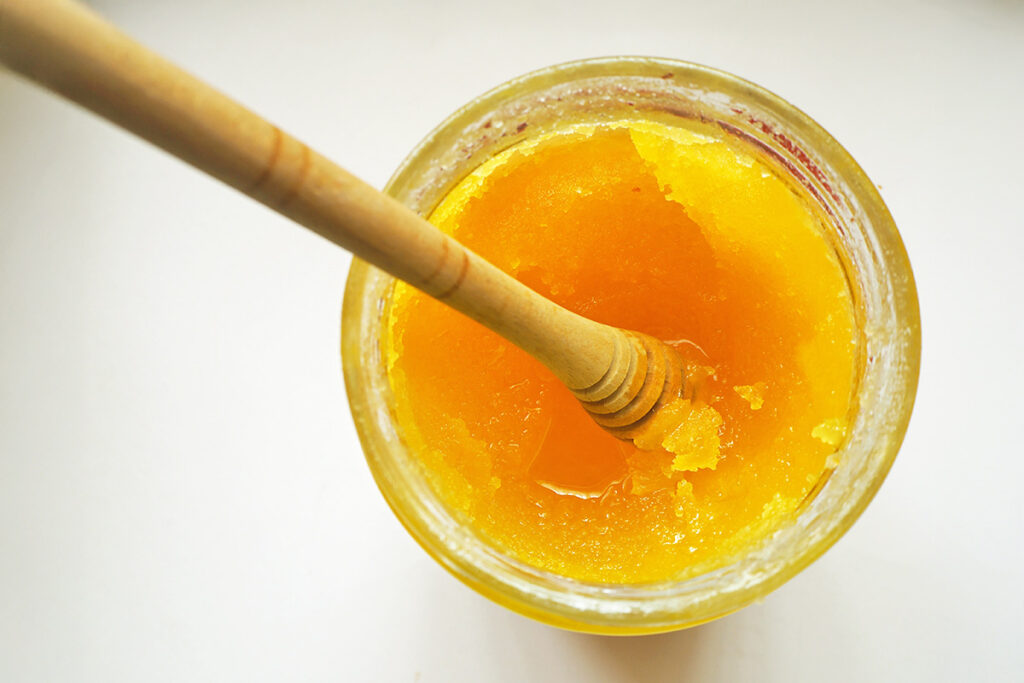
11. Cutting Bell Peppers Is Easier Upside Down
After removing the stem, place a bell pepper upside down on a cutting board. Slice along its natural curves to leave the seeds and membrane attached to the core. This method not only minimizes waste but also keeps seeds from scattering everywhere.
12. Parchment Paper Helps Cheese Stay Fresher, Longer
Cheese lasts longer when it can breathe, so swap the original plastic wrap for parchment paper instead. Unlike plastic, which can trap moisture and cause mold, the parchment paper lets in just enough air to prevent drying out while keeping your cheese fresh.
13. This Free Method Kills Weeds Without Chemicals
No cost and no chemicals? You bet. Kill young weeds by pouring boiling water directly onto them. (Aim for about half a cup per plant.) Use a kettle with a narrow spout for more targeted pouring.
14. For Maximum Storage, Alternate Your Shoes When Arranging Them
Squeeze the most storage space out of a shoe rack by simply alternating the direction of each shoe. Place one shoe toe-out and the other shoe toe-in. You’ll be able to fit a few extra pairs of shoes while keeping everything neat and accessible.
15. A Bath Towel Can Dramatically Reduce Dryer Time
Toss a clean, dry bath towel into the dryer with a wet load. It’ll absorb extra moisture, helping clothes dry faster. Just be sure to remove the towel after five to 15 minutes — otherwise, it will turn into a damp sponge.
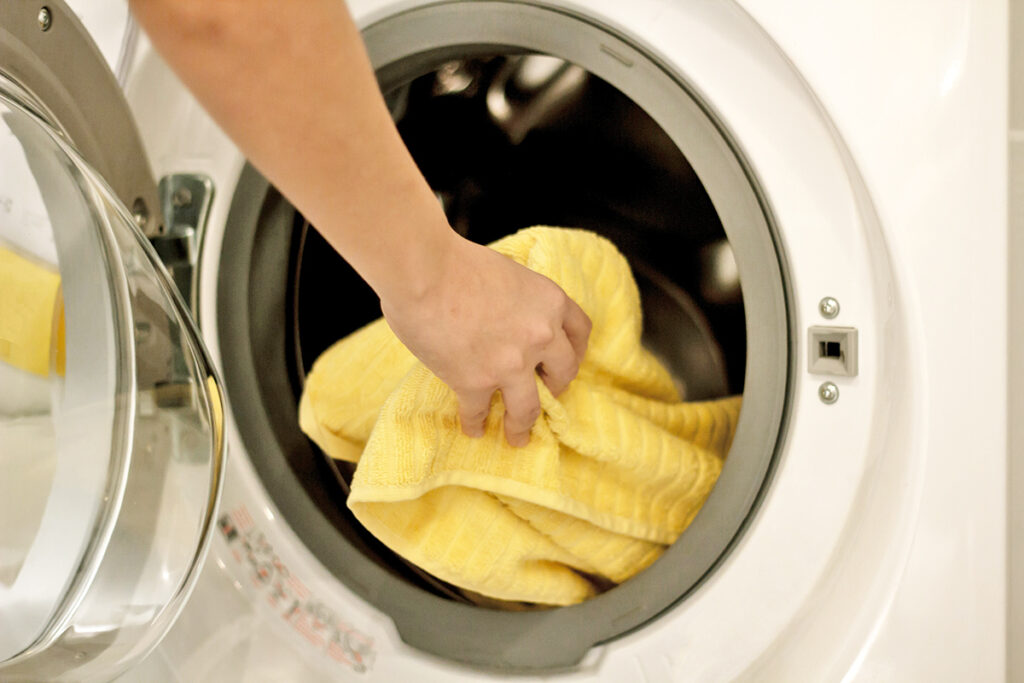
16. There’s a Better Way To Grate Cheese
Lay a box grater on its side, flat against a rimmed baking sheet. Firmly hold the grater’s handle and the edge of the baking sheet with the same hand. With your free hand, glide a small chunk of cheese along the top of the grater in a consistent motion away from your body. This method uses body weight instead of relying solely on wrist strength.
17. Save Ice Cream From Freezer Burn With a Ziploc Bag
Freezer burn occurs when your beloved pint of mint chocolate chip is exposed to air. To avoid this, place your ice cream container in a Ziploc bag, squeezing out as much air as possible before sealing. This will also keep the ice cream softer and easier to scoop.
18. Rubber Bands Are the Trick To Keeping Clothes From Falling Off Hangers
Tired of clothes sliding off hangers? Wrap a wide rubber band around each shoulder support, about 2 inches in. This creates a grippy surface that will keep garments in place and prevent them from piling up at the bottom of your closet.
19. Dust Delicate Plant Leaves With a Fuzzy Sock
Fuzzy socks not only keep your feet warm but can also keep your plants clean. Slip one over your hand to gently wipe dust off your houseplant leaves. The soft fibers trap dust effectively without damaging the delicate foliage.
20. A Coffee Filter Is Essential When Potting Houseplants
Before adding soil and a plant to a pot, line the bottom of it with a coffee filter to cover the drainage holes. The filter works in two ways: It prevents soil loss and supports moisture retention, helping roots stay hydrated without becoming soggy. This, in turn, reduces the risk of dreaded root rot.
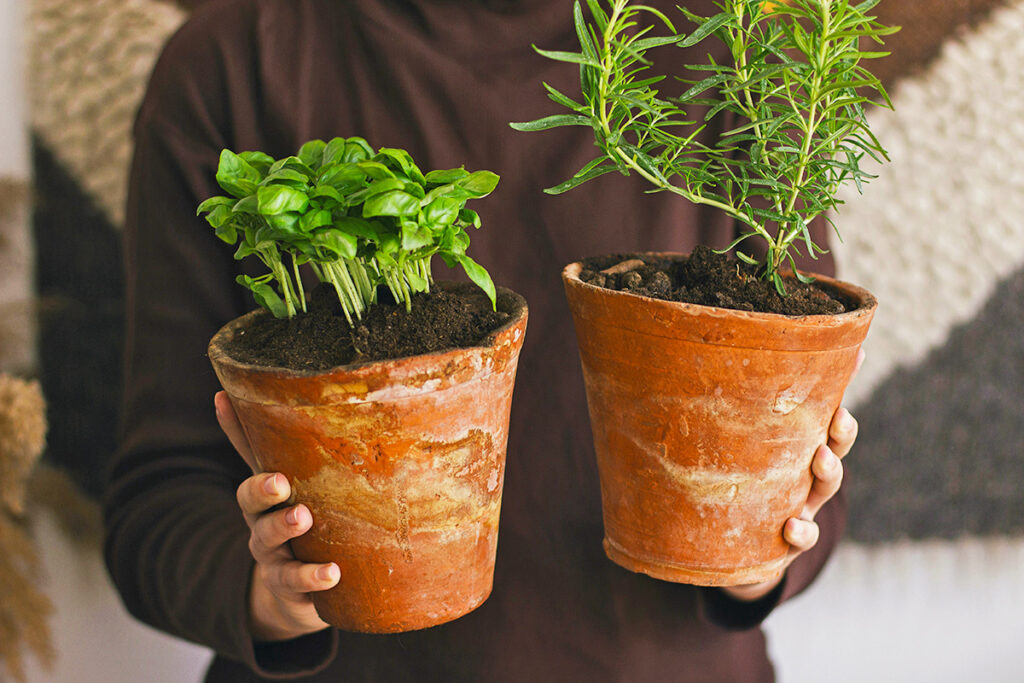
21. Slice Many Grapes or Cherry Tomatoes at Once
Who has the time to slice grapes or cherry tomatoes individually? Instead, place the fruit between two flat lids and use a serrated knife to cut through multiple pieces at once.
22. Clean a Cast Iron Pan With Salt
Rule number one of a cast-iron pan: no harsh detergent. Use this technique instead. First, clean a warm skillet using a damp, nonscratch pad. Dry it with a clean kitchen towel, then pour 2 to 3 tablespoons of kosher salt onto the cooking surface and rub it with a folded-up paper towel to lift residue. Toss the salt, then follow up by rinsing, drying, heating briefly, and applying a coat of seasoning oil before storing.
23. Use Aluminum Foil To Boost Plant Growth in Low Light
Create a DIY sun box by lining a cardboard box with shiny aluminum foil. Place your plant inside near a window so that the foil reflects maximum sunlight onto the plant. This setup helps the plant thrive even in dim spaces.
24. Double Ziploc Bag Storage With a Simple Trick
Instantly double a zip-top bag’s capacity by turning one inside out and aligning its seal with a second bag’s seal. Press them together and — voilà — you have a single, larger storage bag.
25. A Single Penny Can Help Flowers Live Longer
Drop a pre-1982 penny (which is about 95% copper) into a vase to help prolong the lifespan of fresh flowers. Copper acts as a natural fungicide, which works by reducing bacteria, fungi, and algae growth.













